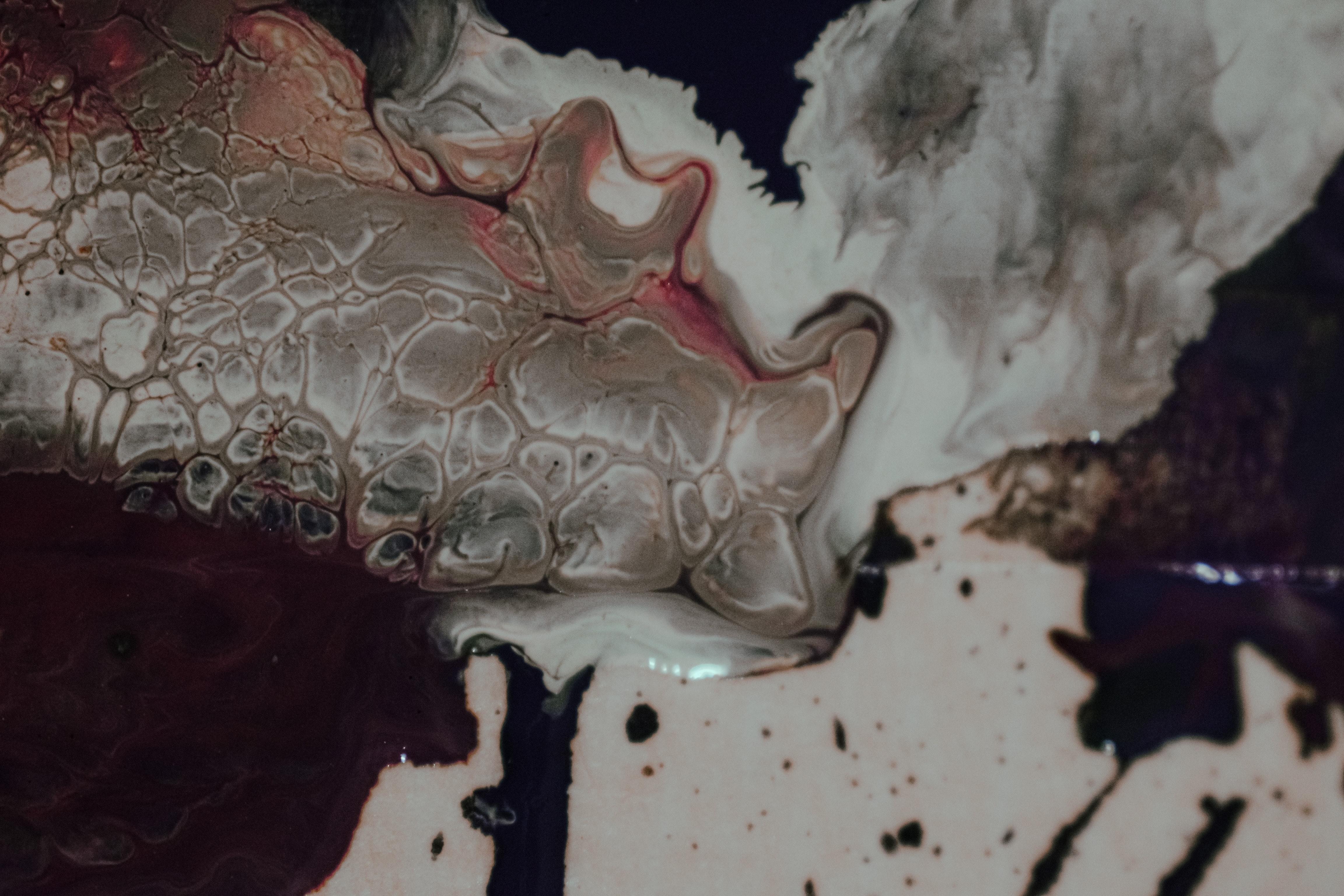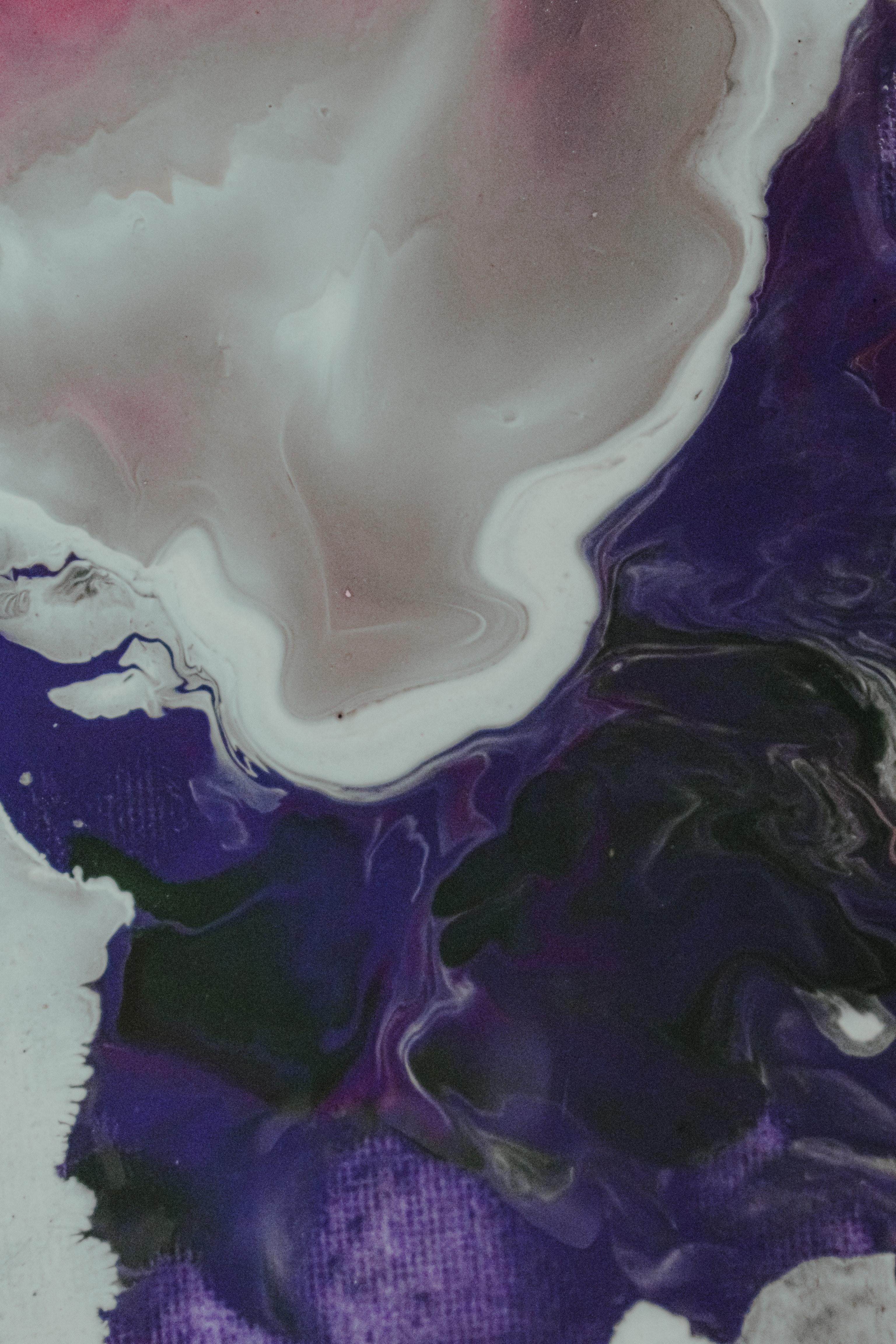Resin has become a popular medium for creating stunning artwork, jewelry, and crafts. However, many beginners often underestimate the importance of properly mixing resin. It may seem like a mundane step, but it’s crucial for achieving desired results. In this blog post, we’ll explore the potential consequences of not mixing resin long enough and discuss why it’s essential to take the time to do it right.
Introduction
We’ve all been there – excitedly pouring resin into a mold, eager to see the final result. But what happens if you don’t mix the resin long enough? Can you cut corners and get away with it? While it may be tempting to rush through the mixing process, this shortcut can lead to a variety of issues down the road. From tacky surfaces to incomplete curing, understanding the consequences of inadequate resin mixing is vital for any resin artist or hobbyist. In this article, we’ll delve into the reasons why proper mixing is crucial and offer tips on how to avoid common mishaps. So, grab your resin and let’s dive in!
What Happens If You Don’t Mix Resin Long Enough
Resin art has gained immense popularity in recent years, with its mesmerizing swirls and vibrant colors capturing the imagination of artists and crafters alike. But for all its beauty, working with resin requires precision and attention to detail. One crucial step that should never be overlooked or rushed is the mixing process. So, what happens if you don’t mix resin long enough? Let’s dive in and find out!
Subpar Consistency Leads to Unpredictable Results
When you don’t mix resin for the recommended time period, you run the risk of ending up with a subpar consistency. Resin consists of two components – a resin and a hardener – that need to be thoroughly combined to initiate the curing process. Insufficient mixing time can cause uneven dispersion, resulting in streaks, clumps, or even unmixed spots in your resin mixture.
Imagine spending hours carefully planning and pouring your resin into a beautiful mold, only to discover that your artwork has streaks of uncured or sticky spots. It’s like serving up a gourmet meal with a side of undercooked vegetables – not a pleasant experience for you or your art!
Incomplete Curing Equals Weak Structure
Proper mixing ensures a thorough chemical reaction between the resin and hardener, creating strong molecular bonds that give your artwork its durability and longevity. When you cut corners on mixing time, these bonds may not form as intended, leaving your resin vulnerable to a host of issues.
Incomplete curing can lead to a weak and brittle structure, making your artwork prone to cracks, chips, and warping. It’s like building a sandcastle without using enough water – it may look sturdy at first, but one wrong move, and it crumbles into pieces!
Sticky Surfaces and Tacky Troubles
Another consequence of insufficient mixing is the presence of sticky surfaces and tacky troubles. When resin is not mixed thoroughly, the chemical reaction necessary for curing may not occur evenly. As a result, some areas of your resin creation could remain sticky or tacky long after the recommended curing time.
Picture this: you eagerly reach out to touch your newly crafted resin masterpiece, only to be met with a sticky blob that clings to your fingers. It’s like stepping into gum on a hot summer day – a messy predicament you definitely want to avoid!
Risking Project Longevity
Whether you’re creating stunning resin jewelry or a stunning tabletop centerpiece, you want your creations to stand the test of time. Rushing through the mixing process jeopardizes the overall longevity of your project.
A well-mixed resin sets the stage for a resilient and long-lasting artwork. When resin is not mixed long enough, the compromised chemical bonds may lead to premature degradation, discoloration, or deterioration. It’s like investing in a car with questionable build quality – you might regret it sooner than you think!
The Takeaway: Patience & Perfection Pay Off
When it comes to resin art, patience truly is a virtue. Taking the time to mix your resin properly ensures a consistent, well-cured result. Remember, it’s not just about achieving a flawless finish, but also about the structural integrity and longevity of your artwork.
So, the next time you embark on a resin art journey, be sure to embrace your inner chemist and give your resin the time it deserves. Mix it up with gusto, and reap the rewards of a captivating masterpiece that will stand the test of time!
Now that you know the importance of mixing resin long enough, let’s move on to another fascinating aspect of resin art – the art of pigmentation. Stay tuned for our next section: “The Magic of Resin Pigments: Adding Color to Your Masterpiece!”
FAQ: What Happens If You Don’t Mix Resin Long Enough
Welcome to our FAQ section where we’ll address some common questions and concerns about resin mixing. Whether you’re a seasoned resin artist or just starting out, it’s important to understand the consequences of not mixing resin properly. Let’s delve into the queries below and demystify the world of resin!
Q: Can resin dry in 4 hours
A: Resin typically takes longer than 4 hours to dry and fully cure. The curing process can vary depending on factors such as temperature, humidity, and the specific resin brand. It’s best to follow the manufacturer’s instructions for an accurate curing time.
Q: Why is my UV resin still tacky
A: If your UV resin remains tacky even after curing, it could be due to insufficient curing time or not using a UV light source with the right intensity. Ensure you’re exposing the resin to sufficient UV light and allow it to cure for the recommended duration to avoid any stickiness.
Q: Does epoxy need air to cure
A: Yes, epoxy needs air to cure effectively. The oxygen in the air reacts with the epoxy, initiating the curing process. So make sure your workspace is well-ventilated to ensure the curing process goes smoothly.
Q: How do you fix epoxy mistakes
A: Don’t fret! Mistakes happen, even to the best of us. If you’ve made an error with your epoxy, you can try sanding it down once it’s fully cured and reapplying a fresh layer. Alternatively, if the mistake is particularly noticeable, you may need to remove the entire layer and start anew. Remember, practice makes perfect!
Q: What happens if you don’t mix epoxy correctly
A: Ah, the perils of improper mixing! If epoxy isn’t mixed thoroughly, it may not cure properly, leading to a sticky or soft surface. It’s crucial to mix the resin and hardener in the correct ratio specified by the manufacturer, ensuring a homogeneous blend. Strive for perfection in your mixing technique to avoid any mishaps!
Q: Does tacky epoxy ever cure
A: Good news! Tacky epoxy can indeed cure with a bit of extra attention. You can try wiping the sticky surface with isopropyl alcohol to remove any uncured resin, then allow proper curing time under ideal conditions. However, prevention is always better than cure, so ensure your resin is mixed and cured correctly from the get-go.
Q: Why is my epoxy floor still sticky
A: If your epoxy floor remains sticky, it could be due to factors such as inadequate surface preparation, excessive humidity during curing, or incorrect mixing proportions. Properly cleaning the surface, ensuring suitable environmental conditions, and meticulous mixing can all contribute to a beautifully cured epoxy floor.
Q: What happens if you didn’t add enough hardener to resin
A: Adding insufficient hardener to the resin can result in a resin that remains sticky or doesn’t fully cure. It’s essential to diligently follow the manufacturer’s instructions and measure the hardener accurately, as this ensures the chemical reaction necessary for the resin to harden properly.
Q: Can I do resin in my room
A: Absolutely! You can do resin work in a well-ventilated room, but ensure you have proper ventilation to prevent the buildup of potentially harmful fumes. Open windows, use fans, or consider investing in a ventilation system to create a safe and comfortable workspace for your resin adventures.
Q: Do resin rings break easily
A: Resin rings, when properly made and cured, can be remarkably durable and resilient. However, like any piece of jewelry, they require gentle care to maintain their longevity. Avoid exposing your resin rings to harsh chemicals or unnecessary rough handling to keep them intact and beautiful for years to come.
Q: Why is my epoxy resin not hardening
A: If your epoxy resin isn’t hardening, it could be due to factors such as improper mixing proportions, low curing temperatures, or expired resin or hardener. Always double-check the ratios, ensure suitable curing conditions, and use fresh materials for optimal results.
Q: How long does resin last once cured
A: Once fully cured, resin is incredibly durable and can last for a very long time. In optimal conditions, cured epoxy resin can retain its beauty and functionality for decades. However, it’s essential to handle and care for your resin creations with love and attention to maximize their lifespan.
Q: Why is my resin still soft after 24 hours
A: If your resin remains soft after 24 hours, it’s likely that something went awry during the curing process. Potential culprits include improperly measured ratios, low curing temperature, or expired resin. Double-check your measurements, ensure proper curing conditions, and consider investing in high-quality, fresh resin for best results.
Q: How do you fix resin that didn’t cure
A: If your resin didn’t cure properly, you can attempt to salvage it by removing the uncured portion and recoating with a fresh layer of properly mixed resin. Ensure you tackle any underlying issues that may have caused the failed curing, such as temperature or ratio discrepancies, to achieve a successful outcome.
Q: How long does resin need to be mixed
A: To achieve a proper blend, resin should typically be mixed for about 3-5 minutes. However, always refer to your resin manufacturer’s instructions for their specific recommendations. Remember, thorough mixing is crucial to avoid any uncured or sticky patches in your resin creations.
Q: Why did my resin get hot
A: Ah, the exothermic reaction! Resin can generate heat during the curing process, causing it to get hot. This is a normal occurrence and indicates that the epoxy is curing as expected. However, if the heat becomes excessively intense or causes discoloration or bubbling, it’s essential to reevaluate your mixing and curing conditions.
Q: Can I use a hairdryer on resin
A: While using a hairdryer to speed up the resin drying process might seem tempting, it’s crucial to proceed with caution. Exposing resin to direct heat can lead to surface imperfections, bubbles, or even cracking. It’s best to allow resin to cure at its own pace to ensure optimal results.
Q: Why is my resin still soft
A: If your resin remains soft even after proper curing, it’s likely due to incorrect measurements during the mixing process or inadequate curing conditions. Ensure accurate measurements and provide suitable curing conditions, such as appropriate temperature and humidity levels, to facilitate the resin’s complete hardening.
Q: How do you speed up resin drying time
A: While it’s important to give resin ample time to cure naturally, you can consider a few strategies to speed up the drying process. These include working in a warmer environment, using a heat gun at a safe distance to gently warm the surface, or using a resin brand that specifically offers a faster curing time. Remember, patience is key to achieve the best possible results!
That concludes our FAQ section! We hope we’ve shed light on some of your resin-related concerns. Remember, resin art is all about experimentation, creativity, and enjoying the journey. Embrace the possibilities and have fun crafting with this versatile material!

